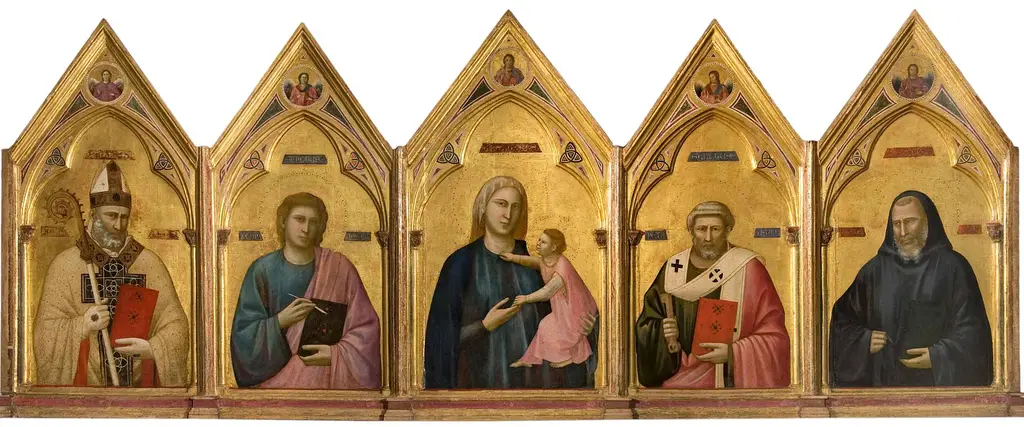In 1334 Giotto stepped into the role of master builder at the works of the Santa Maria del Fiore where, according to Vasari, he dedicated most of his attention of the bell tower. He oversaw the polychrome decoration and the iconographic program of the reliefs. The formelle, or modelled panels, masterpieces of of medieval sculptures, were made mainly by Andrea Pisano, Alberto Arnoldi, Maso di Banco and represent scenes from the Old Testament, the works of man, the planets, the Virtues, the Sacraments. Some historians hypothesize that Giotto may have contributed personally to the execution of the preliminary drawings of some panels. Giotto, who remained master builder until his death in 1337, was succeeded by the sculptor and architect Andrea Pisano.


